
Andrew Lin
@andrewclin.bsky.social
Neuroscientist studying olfaction
Pinned
Andrew Lin
@andrewclin.bsky.social
· Sep 1

Ectopic sodium channel expression decreases excitability of Drosophila Kenyon cells
Abstract figure legend: We tested the effects of expressing the bacterial voltage-gated sodium channel NaChBac in the Kenyon cells of the Drosophila memory centre, the mushroom body. NaChBac expressi...
doi.org
Excited to share our latest work - expressing the bacterial sodium channel in fly Kenyon cells surprisingly *decreases* their excitability, thanks partly to decreased endogenous sodium channels. This prevents learning and decreases odor-evoked calcium influx doi.org/10.1113/JP28...
Fully funded 4-year PhD position available in my lab! Study neuronal compensation for natural circuit perturbations in the fly brain - learn calcium imaging, electrophysiology, genetics and computational modelling. Apply by 7 Jan 2026. www.findaphd.com/phds/project...

BBSRC Yorkshire Bioscience DLA Programme: Neuronal compensation for natural circuit perturbations at University of Sheffield on FindAPhD.com
PhD Project - BBSRC Yorkshire Bioscience DLA Programme: Neuronal compensation for natural circuit perturbations at University of Sheffield, listed on FindAPhD.com
www.findaphd.com
November 3, 2025 at 2:04 PM
Fully funded 4-year PhD position available in my lab! Study neuronal compensation for natural circuit perturbations in the fly brain - learn calcium imaging, electrophysiology, genetics and computational modelling. Apply by 7 Jan 2026. www.findaphd.com/phds/project...
Reposted by Andrew Lin
Excited to announce our new pre-print (www.biorxiv.org/cgi/content/...)!
This collaborative work (co-led by Adriane Otopalik and Gerry Rubin) examines how neuronal circuits regulate social behaviors, like courtship🫶 and aggression🥊, across sexes. #neuroscience #Drosophila #WomenInSTEM 🧪1/
This collaborative work (co-led by Adriane Otopalik and Gerry Rubin) examines how neuronal circuits regulate social behaviors, like courtship🫶 and aggression🥊, across sexes. #neuroscience #Drosophila #WomenInSTEM 🧪1/
October 23, 2025 at 12:44 PM
Excited to announce our new pre-print (www.biorxiv.org/cgi/content/...)!
This collaborative work (co-led by Adriane Otopalik and Gerry Rubin) examines how neuronal circuits regulate social behaviors, like courtship🫶 and aggression🥊, across sexes. #neuroscience #Drosophila #WomenInSTEM 🧪1/
This collaborative work (co-led by Adriane Otopalik and Gerry Rubin) examines how neuronal circuits regulate social behaviors, like courtship🫶 and aggression🥊, across sexes. #neuroscience #Drosophila #WomenInSTEM 🧪1/
Reposted by Andrew Lin
@senapati.bsky.social latest and greatest! Charly Treiber on board too. Over and out.
www.biorxiv.org/content/10.1...
www.biorxiv.org/content/10.1...

Visceral signaling of post-ingestive malaise directs memory updating in Drosophila
Consolidation is a time when labile memories transition to a stable form. Malaise learning in Drosophila reveals consolidation to also permit memory updating. Flies taught to associate one of two odor...
www.biorxiv.org
October 23, 2025 at 8:32 PM
@senapati.bsky.social latest and greatest! Charly Treiber on board too. Over and out.
www.biorxiv.org/content/10.1...
www.biorxiv.org/content/10.1...
Reposted by Andrew Lin
Exciting news for #drosophila #connectomics and #neuroscience enthusiasts: the Drosophila male central nervous system connectome is now live for exploration. Find out more at the landing page hosted by our Janelia FlyEM collaborators www.janelia.org/project-team....

Male CNS Connectome
A team of researchers has unveiled the complete connectome of a male fruit fly central nervous system —a seamless map of all the neurons in the brain and nerve cord of a single male fruit fly and the ...
www.janelia.org
October 5, 2025 at 3:40 PM
Exciting news for #drosophila #connectomics and #neuroscience enthusiasts: the Drosophila male central nervous system connectome is now live for exploration. Find out more at the landing page hosted by our Janelia FlyEM collaborators www.janelia.org/project-team....
Reposted by Andrew Lin
How is valence computed in the brain? Check out our new preprint about a single cell that integrates excitatory and inhibitory input across modalities according to valence and impacts behavioral decisions. An exciting collaboration across many labs. Enjoy reading!
www.biorxiv.org/content/10.1...
www.biorxiv.org/content/10.1...

A multisensory, bidirectional, valence encoder guides behavioral decisions
A key function of the brain is to categorize sensory cues as repulsive or attractive and respond accordingly. While we have some understanding of how sensory information is processed in the sensory pe...
www.biorxiv.org
September 27, 2025 at 5:46 AM
How is valence computed in the brain? Check out our new preprint about a single cell that integrates excitatory and inhibitory input across modalities according to valence and impacts behavioral decisions. An exciting collaboration across many labs. Enjoy reading!
www.biorxiv.org/content/10.1...
www.biorxiv.org/content/10.1...
Reposted by Andrew Lin
NIBAI 2025 Workshop on the Nature of Intelligence was held in Sheffield, bringing together over 70 participants from diverse backgrounds in neuroscience, animal cognition, philosophy, and AI.
Thanks to @asab.org the @sheffielduni.bsky.social, and @devjoni.bsky.social for sponsoring this event.
Thanks to @asab.org the @sheffielduni.bsky.social, and @devjoni.bsky.social for sponsoring this event.


September 8, 2025 at 10:41 AM
NIBAI 2025 Workshop on the Nature of Intelligence was held in Sheffield, bringing together over 70 participants from diverse backgrounds in neuroscience, animal cognition, philosophy, and AI.
Thanks to @asab.org the @sheffielduni.bsky.social, and @devjoni.bsky.social for sponsoring this event.
Thanks to @asab.org the @sheffielduni.bsky.social, and @devjoni.bsky.social for sponsoring this event.
Reposted by Andrew Lin
First episode is out! I spoke with Professor James Marshall @sheffielduni.bsky.social @opteran.bsky.social about his research on modelling the #brain of #bees and implications for #ai . Take a listen! #neuroscience #sciencecommunication
September 4, 2025 at 10:20 PM
First episode is out! I spoke with Professor James Marshall @sheffielduni.bsky.social @opteran.bsky.social about his research on modelling the #brain of #bees and implications for #ai . Take a listen! #neuroscience #sciencecommunication
Reposted by Andrew Lin
We all know that correlation doesn't imply causation. So we took some correlations and tested if they were causal. Here's what happened:
www.cell.com/cell-reports...
www.cell.com/cell-reports...

An optical brain-machine interface reveals a causal role of posterior parietal cortex in goal-directed navigation
Relating neural circuitry to behavior is challenging due to closed loop interactions
between neural activity, actions, and sensations. Sorrell et al. present evidence
for a causal role of mouse PPC in...
www.cell.com
September 6, 2025 at 6:09 AM
We all know that correlation doesn't imply causation. So we took some correlations and tested if they were causal. Here's what happened:
www.cell.com/cell-reports...
www.cell.com/cell-reports...
Excited to share our latest work - expressing the bacterial sodium channel in fly Kenyon cells surprisingly *decreases* their excitability, thanks partly to decreased endogenous sodium channels. This prevents learning and decreases odor-evoked calcium influx doi.org/10.1113/JP28...

Ectopic sodium channel expression decreases excitability of Drosophila Kenyon cells
Abstract figure legend: We tested the effects of expressing the bacterial voltage-gated sodium channel NaChBac in the Kenyon cells of the Drosophila memory centre, the mushroom body. NaChBac expressi...
doi.org
September 1, 2025 at 4:50 PM
Excited to share our latest work - expressing the bacterial sodium channel in fly Kenyon cells surprisingly *decreases* their excitability, thanks partly to decreased endogenous sodium channels. This prevents learning and decreases odor-evoked calcium influx doi.org/10.1113/JP28...
Reposted by Andrew Lin
🚨new paper alert
Blind mice use stereo olfaction, comparing smells between nostrils, to maintain a stable sense of direction. Blocking this ability disrupts their internal compass.
Kudos to @kasumbisa.bsky.social! Another cool chapter of the Trenholm-Peyrache collab😉
www.nature.com/articles/s41...
Blind mice use stereo olfaction, comparing smells between nostrils, to maintain a stable sense of direction. Blocking this ability disrupts their internal compass.
Kudos to @kasumbisa.bsky.social! Another cool chapter of the Trenholm-Peyrache collab😉
www.nature.com/articles/s41...

Stereo olfaction underlies stable coding of head direction in blind mice - Nature Communications
Stereo olfaction involves comparing odor differences between the two nostrils. Here, using neuronal recordings and a behavioral test, the authors demonstrate that blind mice use stereo olfaction to fo...
www.nature.com
April 14, 2025 at 6:37 PM
🚨new paper alert
Blind mice use stereo olfaction, comparing smells between nostrils, to maintain a stable sense of direction. Blocking this ability disrupts their internal compass.
Kudos to @kasumbisa.bsky.social! Another cool chapter of the Trenholm-Peyrache collab😉
www.nature.com/articles/s41...
Blind mice use stereo olfaction, comparing smells between nostrils, to maintain a stable sense of direction. Blocking this ability disrupts their internal compass.
Kudos to @kasumbisa.bsky.social! Another cool chapter of the Trenholm-Peyrache collab😉
www.nature.com/articles/s41...
Reposted by Andrew Lin
2024 marked the 10-year anniversary of the FENS-Kavli Network of Excellence. We warmly invite you to explore the 10-Year Report, showcasing its impact on science, mentoring, outreach, advocacy, and personal achievements. @fens.org @kavlifoundation.bsky.social fenskavlinetwork.org/fkne-10-year...
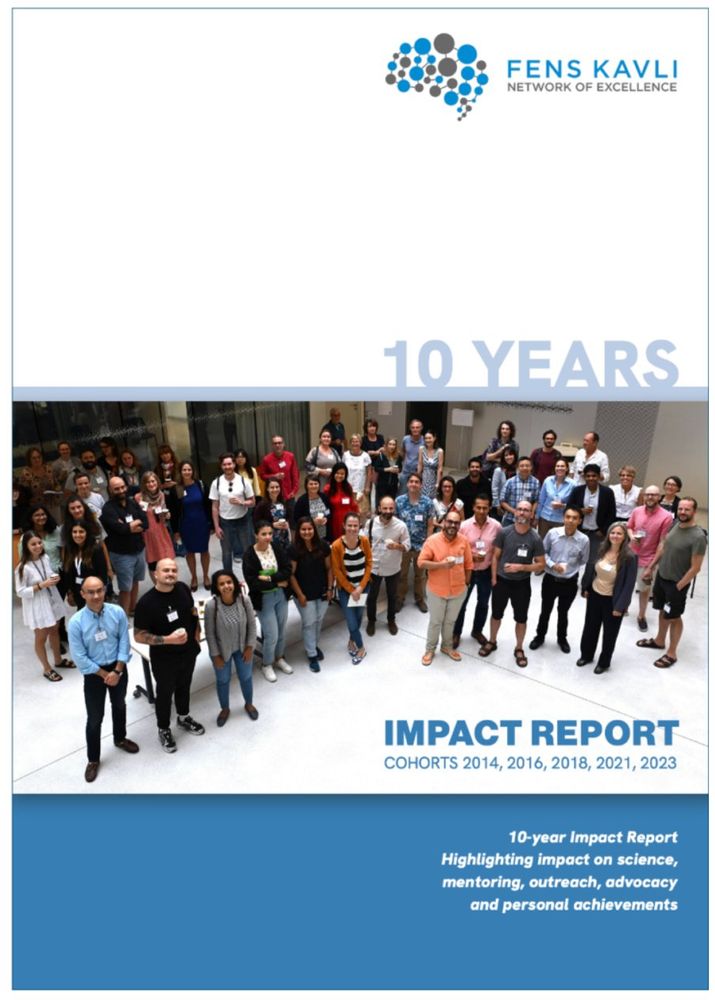
February 17, 2025 at 3:24 PM
2024 marked the 10-year anniversary of the FENS-Kavli Network of Excellence. We warmly invite you to explore the 10-Year Report, showcasing its impact on science, mentoring, outreach, advocacy, and personal achievements. @fens.org @kavlifoundation.bsky.social fenskavlinetwork.org/fkne-10-year...
Reposted by Andrew Lin
Excited to have this study out today (on my birthday and 'tines day no less!). Here we resolve input-specific mechanisms of homeostatic plasticity! Congrats Jerry, Kaikai, and team! www.science.org/doi/10.1126/...
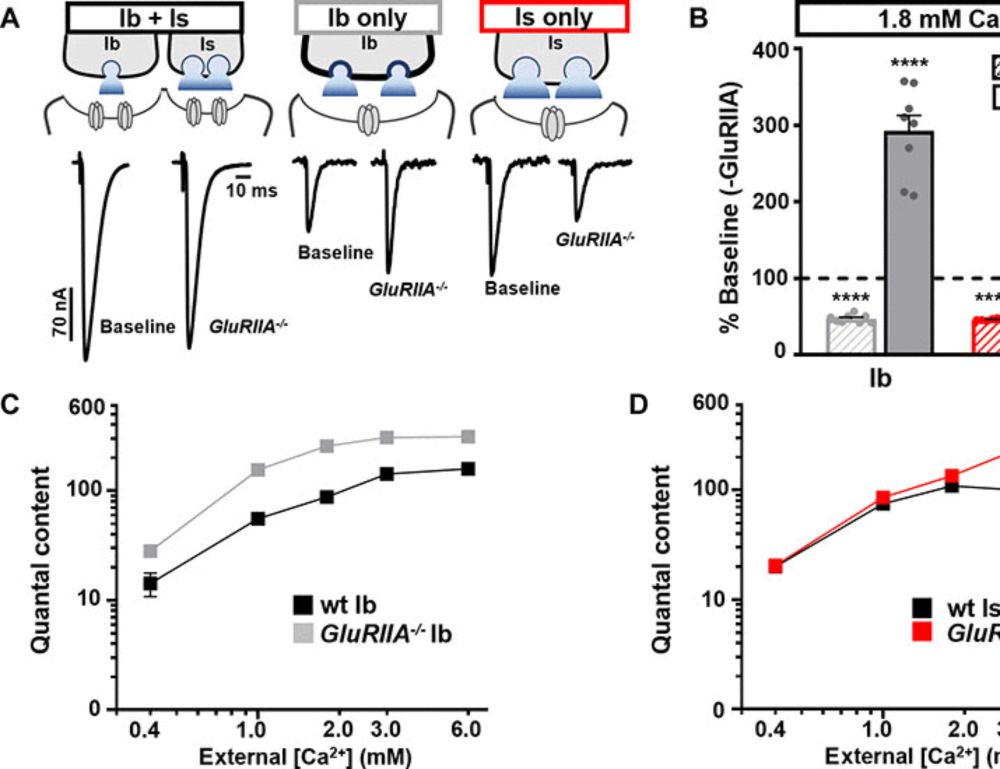
Distinct input-specific mechanisms enable presynaptic homeostatic plasticity
Input-specific mechanisms that achieve the homeostatic control of synaptic function are resolved using a botulinum neurotoxin.
www.science.org
February 14, 2025 at 8:08 PM
Excited to have this study out today (on my birthday and 'tines day no less!). Here we resolve input-specific mechanisms of homeostatic plasticity! Congrats Jerry, Kaikai, and team! www.science.org/doi/10.1126/...
Reposted by Andrew Lin
Dear All, I believe that this thread will become one of my most important contributions to the fly field (I hope I will make other contributions)! Here, I introduce the Soy Milk Machine Fly Food Method, a.k.a., DeepCook!#Drosophila#NewPI

February 6, 2025 at 5:34 PM
Dear All, I believe that this thread will become one of my most important contributions to the fly field (I hope I will make other contributions)! Here, I introduce the Soy Milk Machine Fly Food Method, a.k.a., DeepCook!#Drosophila#NewPI
Reposted by Andrew Lin
Excited to share our new preprint: How does the fly mushroom body support odour categorisation and discrimination? 🧠✨ Dive into Ivy Chan's @ivychanchiwai.bsky.social findings on how neural circuits enable complex olfactory processing in flies. Check it out here:
www.biorxiv.org/content/10.1...
www.biorxiv.org/content/10.1...
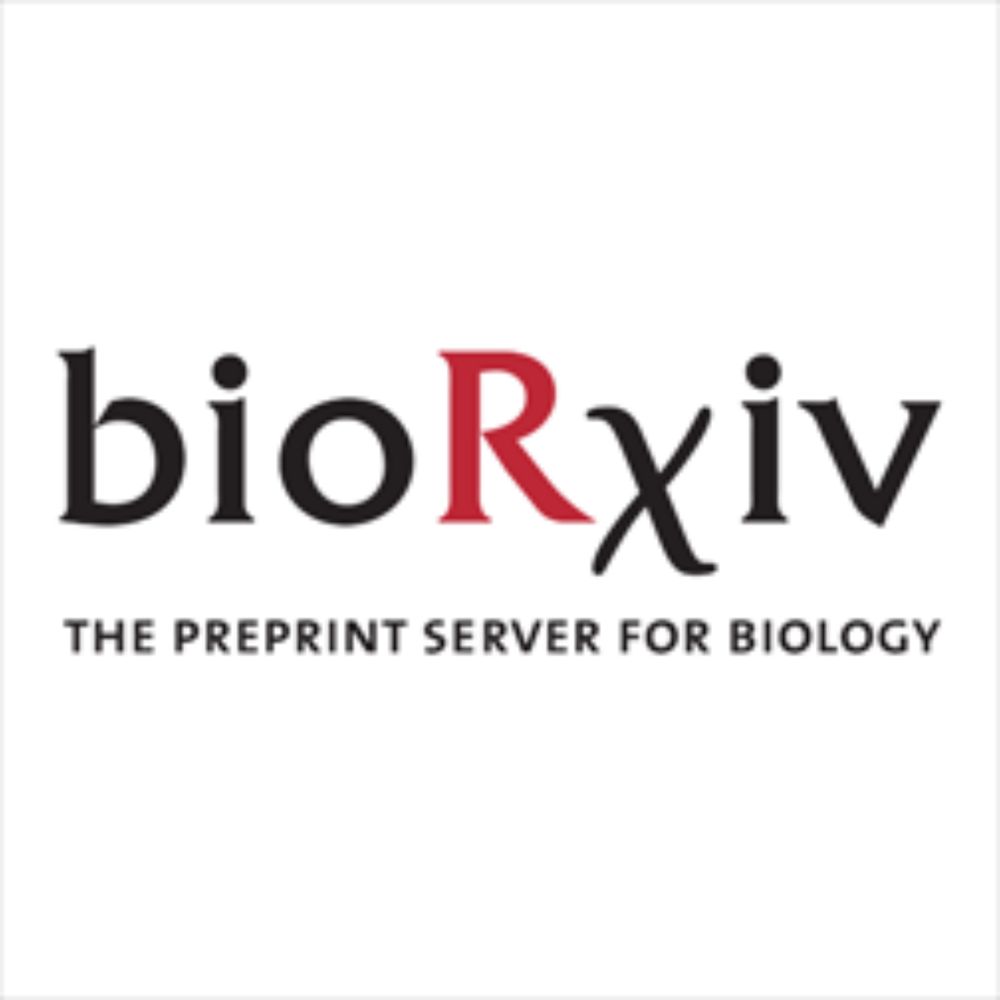
Odour representations supporting ethology-relevant categorisation and discrimination in the Drosophila mushroom body
Neural representations of sensory stimuli serve multiple distinct purposes, from the rapid recognition of familiar environments, to the precise identification of individual salient cues. In the insect...
www.biorxiv.org
January 27, 2025 at 2:17 PM
Excited to share our new preprint: How does the fly mushroom body support odour categorisation and discrimination? 🧠✨ Dive into Ivy Chan's @ivychanchiwai.bsky.social findings on how neural circuits enable complex olfactory processing in flies. Check it out here:
www.biorxiv.org/content/10.1...
www.biorxiv.org/content/10.1...
Reposted by Andrew Lin
New pre-print: an one-stop shop for everything you wanted to know about the fly olfactory system: www.biorxiv.org/content/10.1...
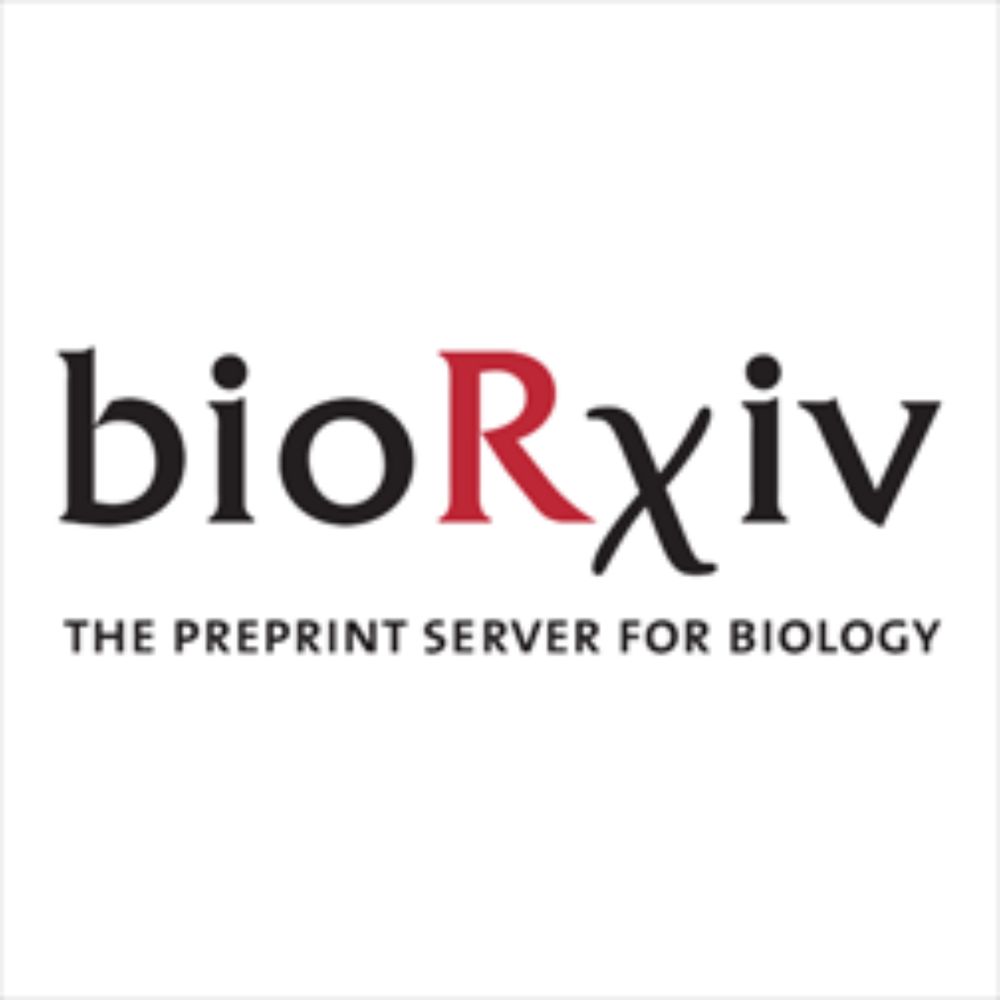
An integrated anatomical, functional and evolutionary view of the Drosophila olfactory system
The Drosophila melanogaster olfactory system is one of the most intensively studied parts of the nervous system in any animal. Composed of ~60 independent olfactory neuron classes, with several associ...
www.biorxiv.org
January 17, 2025 at 9:39 AM
New pre-print: an one-stop shop for everything you wanted to know about the fly olfactory system: www.biorxiv.org/content/10.1...
Reposted by Andrew Lin
This article shows that "non-responsive" neurons can still add to the Fisher Info about object location in the midbrain of weakly electric fish:
www.jneurosci.org/content/45/3...
Brings me back to one of my usual bugbears in #neuroscience, i.e. don't judge a cell's function by its tuning curve!
🧪
www.jneurosci.org/content/45/3...
Brings me back to one of my usual bugbears in #neuroscience, i.e. don't judge a cell's function by its tuning curve!
🧪

Nonresponsive Neurons Improve Population Coding of Object Location
Understanding how heterogeneous neural populations represent sensory input to give rise to behavior remains a central problem in systems neuroscience. Here we investigated how midbrain neurons within ...
www.jneurosci.org
January 15, 2025 at 7:04 PM
This article shows that "non-responsive" neurons can still add to the Fisher Info about object location in the midbrain of weakly electric fish:
www.jneurosci.org/content/45/3...
Brings me back to one of my usual bugbears in #neuroscience, i.e. don't judge a cell's function by its tuning curve!
🧪
www.jneurosci.org/content/45/3...
Brings me back to one of my usual bugbears in #neuroscience, i.e. don't judge a cell's function by its tuning curve!
🧪
Reposted by Andrew Lin
Dear Droso peeps, we re-announce the upcoming JEDI meeting that will take place at Château du Feÿ from June 3rd to 5th in 2025.
You'll find a prelim program flies-jedi.github.io/projects/202...
We're hoping to gather about 45 of more or less young droso PI to reboot the community.
-> Register Now!
You'll find a prelim program flies-jedi.github.io/projects/202...
We're hoping to gather about 45 of more or less young droso PI to reboot the community.
-> Register Now!
Junior European Drosophila Investigators | JEDI meeting 2025
first post COVID19 meeting
flies-jedi.github.io
January 7, 2025 at 3:26 PM
Dear Droso peeps, we re-announce the upcoming JEDI meeting that will take place at Château du Feÿ from June 3rd to 5th in 2025.
You'll find a prelim program flies-jedi.github.io/projects/202...
We're hoping to gather about 45 of more or less young droso PI to reboot the community.
-> Register Now!
You'll find a prelim program flies-jedi.github.io/projects/202...
We're hoping to gather about 45 of more or less young droso PI to reboot the community.
-> Register Now!
Reposted by Andrew Lin
The unbearable slowness of being: Humans still clock in at just 10 bits/s. Even after peer review :) Share link: authors.elsevier.com/a/1kHVa3BtfH.... ArXiv: arxiv.org/abs/2408.10234
authors.elsevier.com
December 17, 2024 at 6:54 PM
The unbearable slowness of being: Humans still clock in at just 10 bits/s. Even after peer review :) Share link: authors.elsevier.com/a/1kHVa3BtfH.... ArXiv: arxiv.org/abs/2408.10234
Reposted by Andrew Lin
Sharing my new paper again since moving from the other place 🙂 We shed light on some of the most rapidly evolving animal behaviors—those surrounding mating.
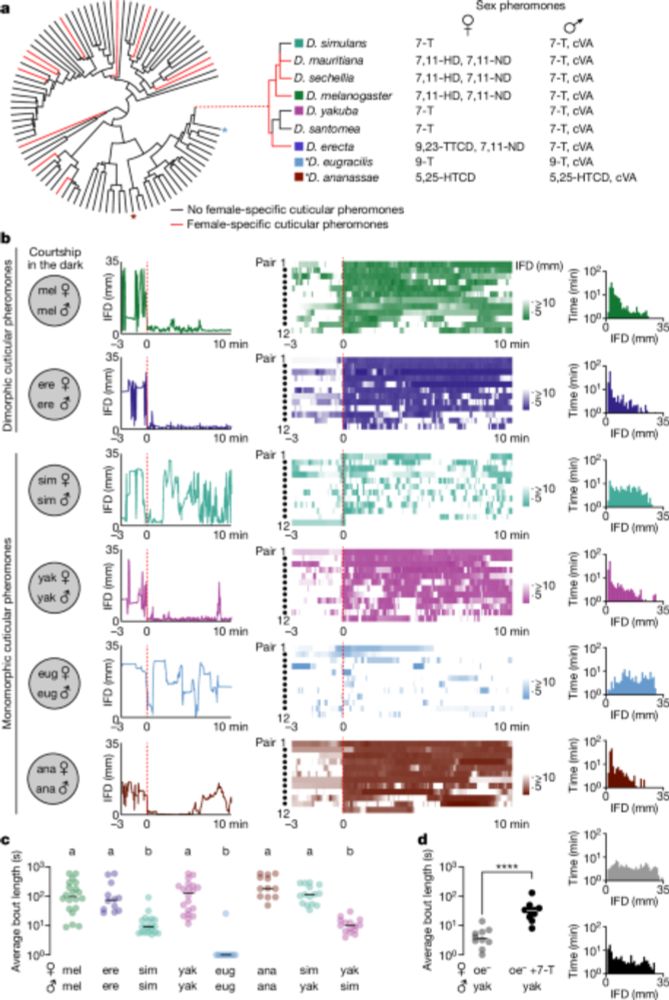
A modular circuit coordinates the diversification of courtship strategies - Nature
Peripheral and central circuit adaptations can be flexibly coordinated in Drosophila, and such a modular circuit organization may facilitate the evolution of mate recognition systems by allowing novel...
www.nature.com
December 10, 2024 at 6:00 PM
Sharing my new paper again since moving from the other place 🙂 We shed light on some of the most rapidly evolving animal behaviors—those surrounding mating.
Reposted by Andrew Lin
There is an open PhD position in our Lab! In collaboration with the lab of @manuperisse.bsky.social we will study how flies evaluate negative experiences based on context. More info here: mrtlllab.uni-mainz.de/we-are-hiring/

We are hiring! - mrtlllab
We are hiring! Are you passionate about neuroscience and eager to understand how the brain processes negative experiences? The mrtllab is looking for a driven PhD candidate to study the neural mechani...
mrtlllab.uni-mainz.de
December 5, 2024 at 3:54 PM
There is an open PhD position in our Lab! In collaboration with the lab of @manuperisse.bsky.social we will study how flies evaluate negative experiences based on context. More info here: mrtlllab.uni-mainz.de/we-are-hiring/
Reposted by Andrew Lin
1/ 🧠 Ever wondered how different types of learning coexist in our brains? Spoiler: Sometimes, they don’t! Our new study flips the script on what we thought about memory and learning in Drosophila. Dive in for a surprising twist! 🧵👇
www.science.org/doi/10.1126/...
www.science.org/doi/10.1126/...

December 8, 2024 at 6:39 AM
1/ 🧠 Ever wondered how different types of learning coexist in our brains? Spoiler: Sometimes, they don’t! Our new study flips the script on what we thought about memory and learning in Drosophila. Dive in for a surprising twist! 🧵👇
www.science.org/doi/10.1126/...
www.science.org/doi/10.1126/...
Reposted by Andrew Lin
1/ How do animals integrate different forms of learning? Our
@eyalrozenfeld.bsky.social new study in Science Advances
shows that active mechanisms prevent the co-formation of competing memories. Here’s what we found! 🧵👇
science.org/doi/10.1126/...
@eyalrozenfeld.bsky.social new study in Science Advances
shows that active mechanisms prevent the co-formation of competing memories. Here’s what we found! 🧵👇
science.org/doi/10.1126/...

December 8, 2024 at 6:32 AM
1/ How do animals integrate different forms of learning? Our
@eyalrozenfeld.bsky.social new study in Science Advances
shows that active mechanisms prevent the co-formation of competing memories. Here’s what we found! 🧵👇
science.org/doi/10.1126/...
@eyalrozenfeld.bsky.social new study in Science Advances
shows that active mechanisms prevent the co-formation of competing memories. Here’s what we found! 🧵👇
science.org/doi/10.1126/...
Reposted by Andrew Lin
New from Shiko Parnas' lab: Classical & operant learning in *Drosophila* rely on distinct neuronal pathways, challenging current paradigms! Unstoppable
www.science.org/doi/10.1126/...
www.science.org/doi/10.1126/...

Neuronal circuit mechanisms of competitive interaction between action-based and coincidence learning
Parallel and interfering neuronal circuits are responsible for operant and classical learning.
www.science.org
December 6, 2024 at 8:39 PM
New from Shiko Parnas' lab: Classical & operant learning in *Drosophila* rely on distinct neuronal pathways, challenging current paradigms! Unstoppable
www.science.org/doi/10.1126/...
www.science.org/doi/10.1126/...
Reposted by Andrew Lin
Thrilled to present our latest BioRXiv on brain/body interactions during defensive freezing behaviour! (www.biorxiv.org/content/10.1...). You might think that a frozen animal has, well, frozen muscle activity, right? Wrong! Underneath the still surface of a fly, something in the legs is beating… 🧵
December 2, 2024 at 9:57 AM
Thrilled to present our latest BioRXiv on brain/body interactions during defensive freezing behaviour! (www.biorxiv.org/content/10.1...). You might think that a frozen animal has, well, frozen muscle activity, right? Wrong! Underneath the still surface of a fly, something in the legs is beating… 🧵
Reposted by Andrew Lin
I digested two nature papers @natureportfolio.bsky.social @crezaval.bsky.social @MikeCrickmore about flexible integration and decision-making in Drosophila courtship and mating. Out came this dispatch for @currentbiology.bsky.social :
authors.elsevier.com/a/1kCED_LsQS...
Enjoy reading!
authors.elsevier.com/a/1kCED_LsQS...
Enjoy reading!
authors.elsevier.com
December 2, 2024 at 6:38 PM
I digested two nature papers @natureportfolio.bsky.social @crezaval.bsky.social @MikeCrickmore about flexible integration and decision-making in Drosophila courtship and mating. Out came this dispatch for @currentbiology.bsky.social :
authors.elsevier.com/a/1kCED_LsQS...
Enjoy reading!
authors.elsevier.com/a/1kCED_LsQS...
Enjoy reading!

